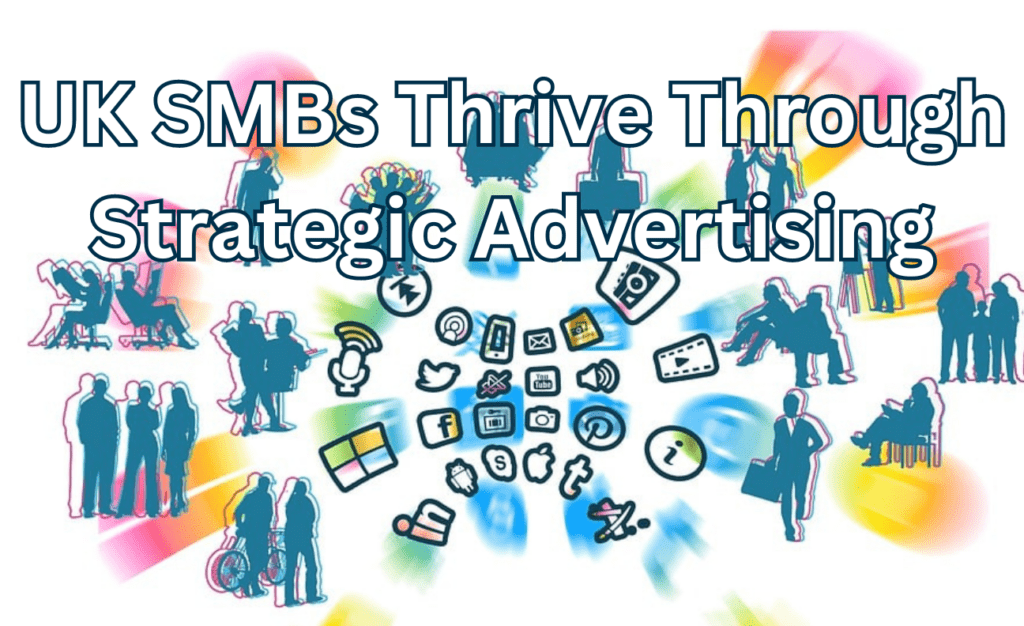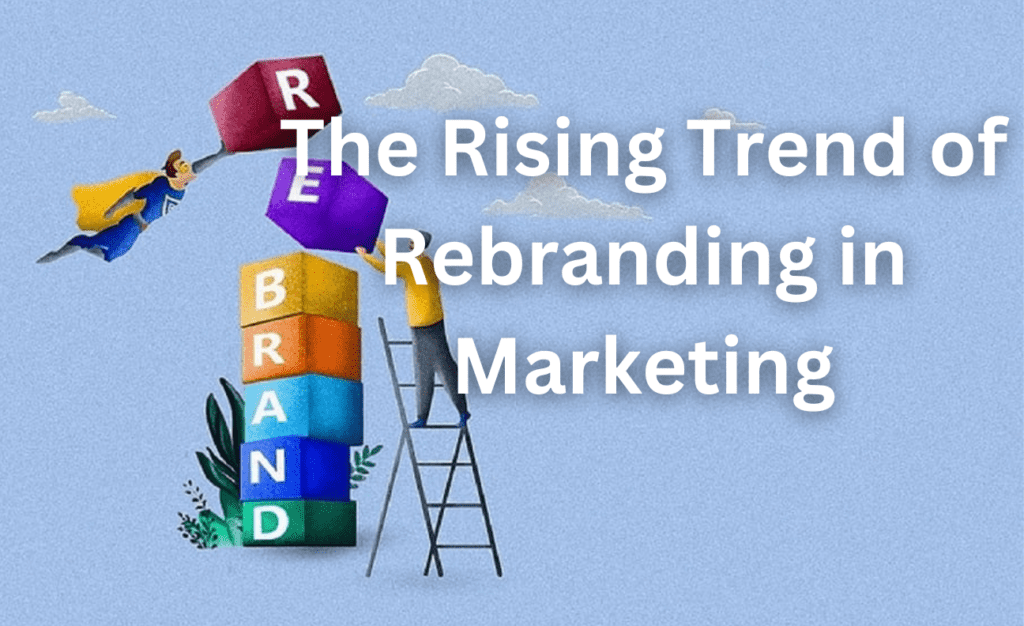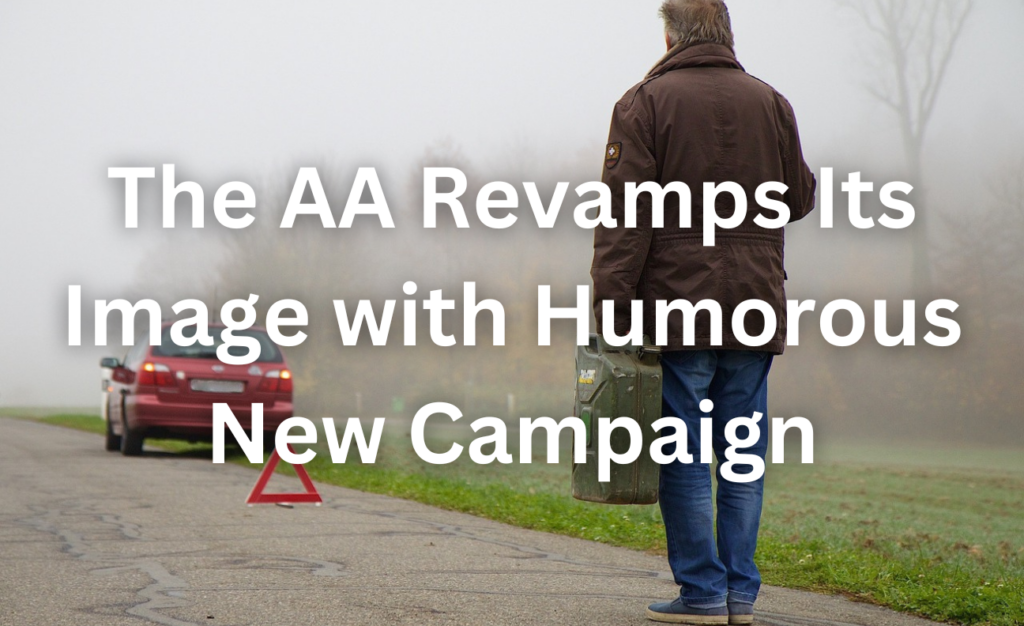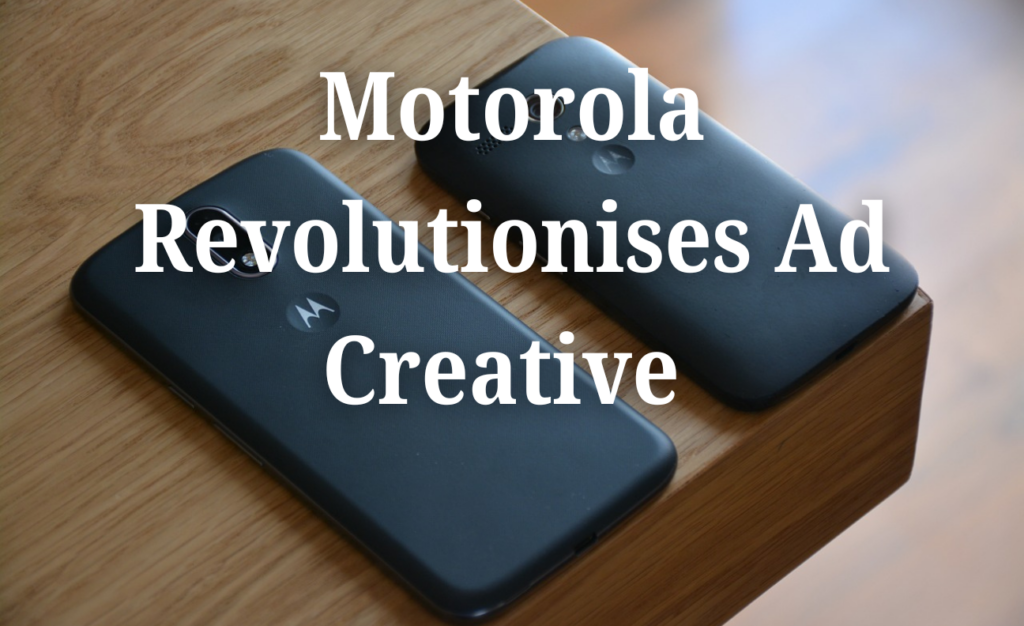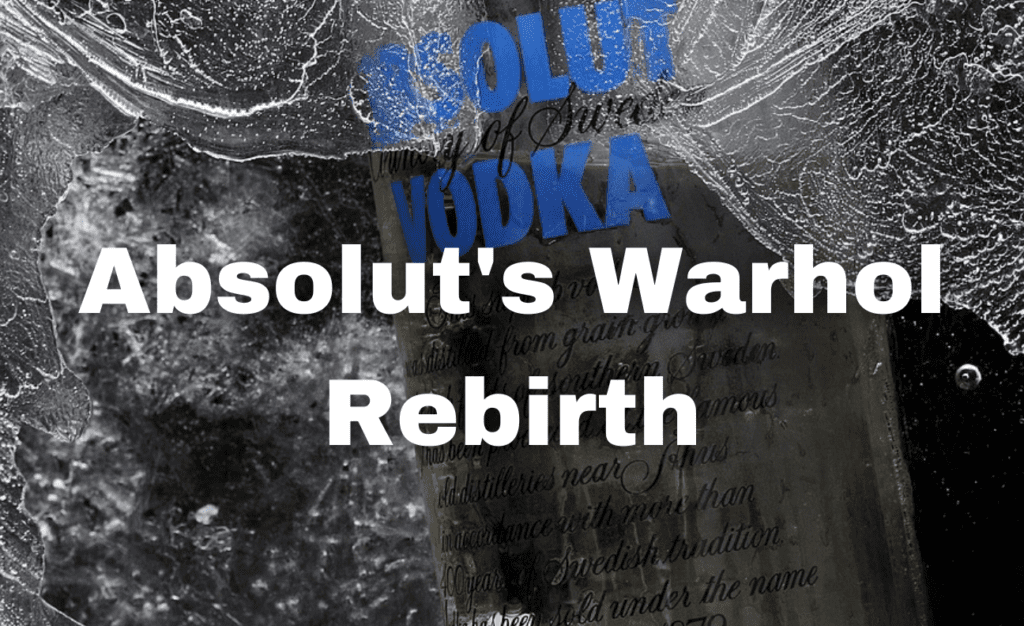In a strategic move to further enrich consumer engagement, Estée Lauder Companies (ELC) has embarked on an intensified collaboration with tech juggernaut Microsoft.
This pioneering initiative aims to leverage the power of generative AI to deepen connections with consumers across the diverse spectrum of ELC’s renowned brands.
Empowering Brands Through Tech Integration: Bridging Innovation and Tradition
At the core of Estée Lauder’s expanded partnership with Microsoft lies the utilisation of generative AI to empower its portfolio of over 20 brands.
Bolstered by a bespoke tool utilising ELC’s proprietary database, brands within the conglomerate can swiftly launch campaigns tailored to local nuances, fostering authentic connections with consumers on a global scale.
In elucidating the synergy between technology and tradition, ELC’s Executive Vice President of Enterprise Marketing and Chief Data Officer emphasises the pivotal role of technology in augmenting the brand’s enduring hallmarks of excellence – exemplary products and personalised consumer experiences.
This strategic fusion underscores ELC’s unwavering commitment to innovation while honouring its rich heritage.
Charting the Evolution with Microsoft and Diversified Tech Synergies
The roots of Estée Lauder’s collaboration with Microsoft date back to 2017, with a trajectory marked by continuous innovation.
From the Azure AI-powered Voice-Enabled Makeup Assistant mobile app to the recent foray into generative AI applications, the partnership embodies a steadfast dedication to pioneering solutions that resonate with today’s discerning consumers.
While Microsoft serves as a key ally in Estée Lauder’s tech endeavours, the beauty conglomerate has also deepened its ties with Google Cloud.
Through strategic integration of generative AI, ELC streamlines internal processes and harnesses advanced analytics to glean insights from consumer feedback across various touchpoints.
Microsoft’s Expansive Vision in Generative AI and Redefining Advertising Paradigms
Beyond its collaboration with Estée Lauder, Microsoft’s footprint in generative AI extends far and wide.
Strategic partnerships with industry giants, like Coca-Cola, underscore Microsoft’s commitment to propelling AI innovation across diverse sectors, exemplified by the recent expansion of the Copilot tool aimed at empowering marketers with streamlined campaign creation capabilities.
Furthemore, Microsoft’s recent advancements in advertising innovation herald a paradigm shift in the industry.
Noteworthy achievements include a three-fold increase in click-through rates for multimedia ads, coupled with pioneering revenue-sharing models with publishers, exemplifying Microsoft’s unwavering resolve to reshape the advertising landscape through AI-driven solutions.
Conclusion: Pioneering the Frontier of Consumer Engagement
In the nexus of beauty and technology, Estée Lauder’s expanded collaboration with Microsoft emerges as a beacon of innovation and progress.
Through the lens of generative AI, the beauty conglomerate not only reaffirms its commitment to consumer-centricity but also charts a transformative course towards personalised, immersive brand experiences.
As technology continues to intersect with tradition, the symbiotic partnership between Estée Lauder and Microsoft stands as a testament to the boundless potential of collaborative innovation in shaping the future of consumer engagement.


